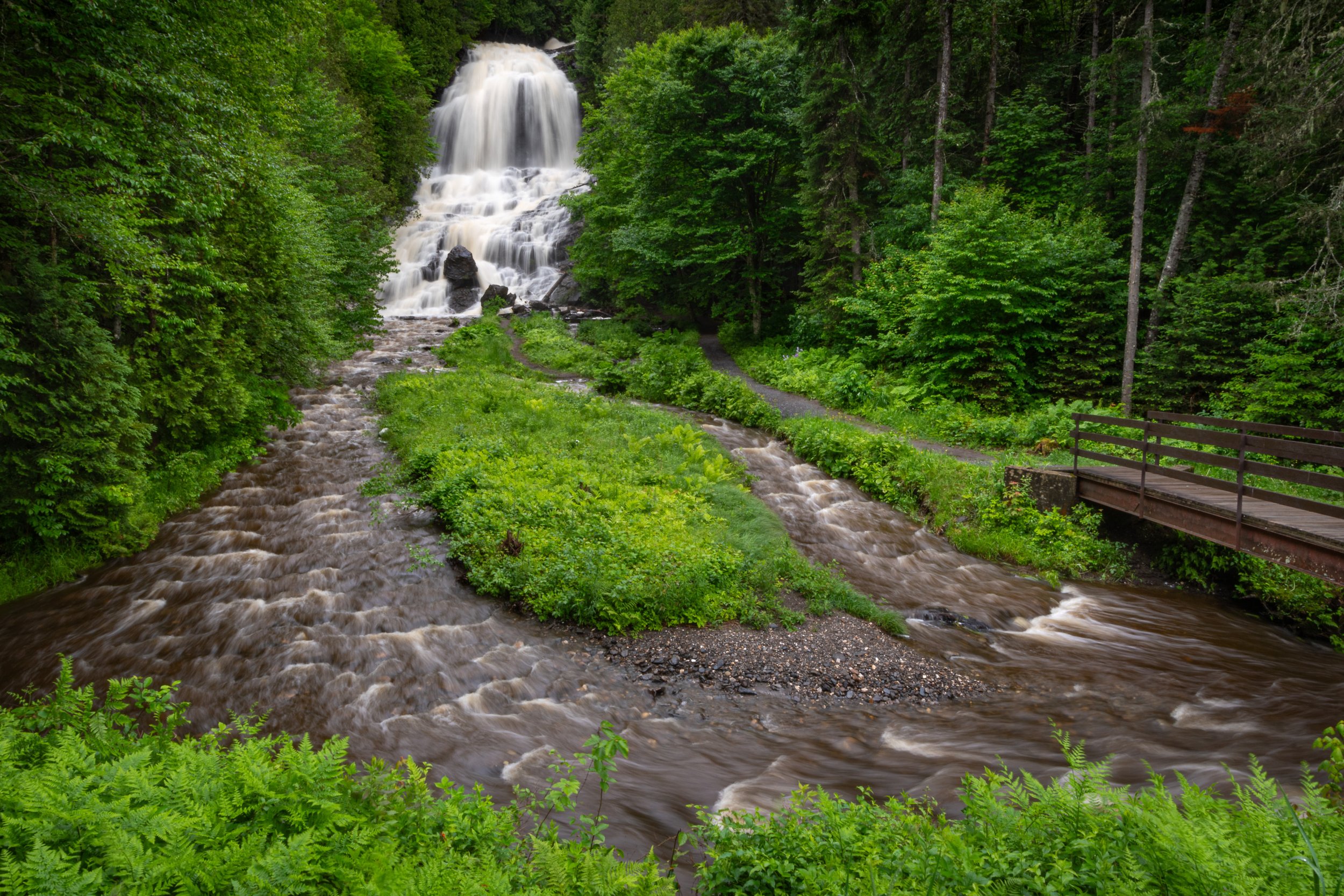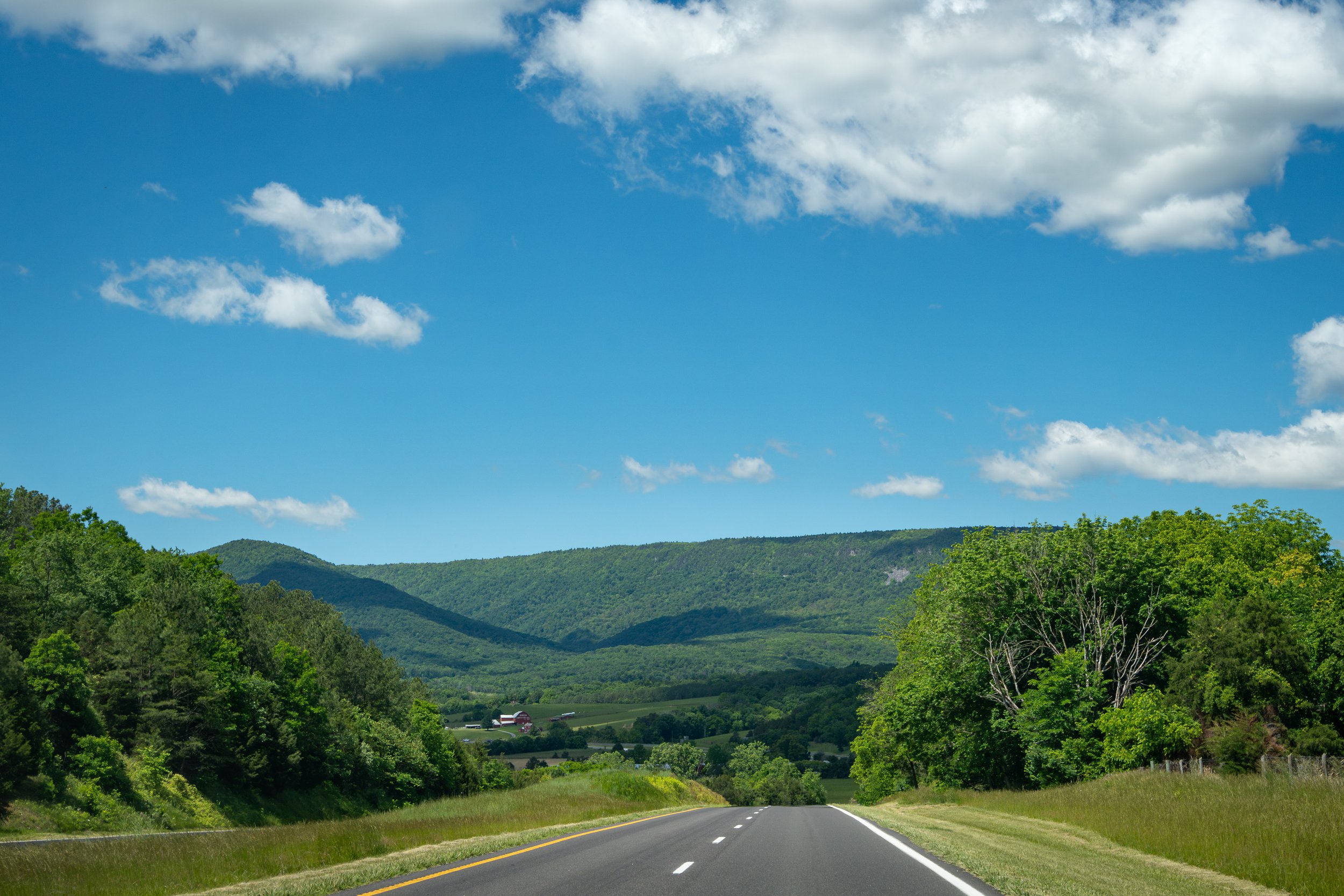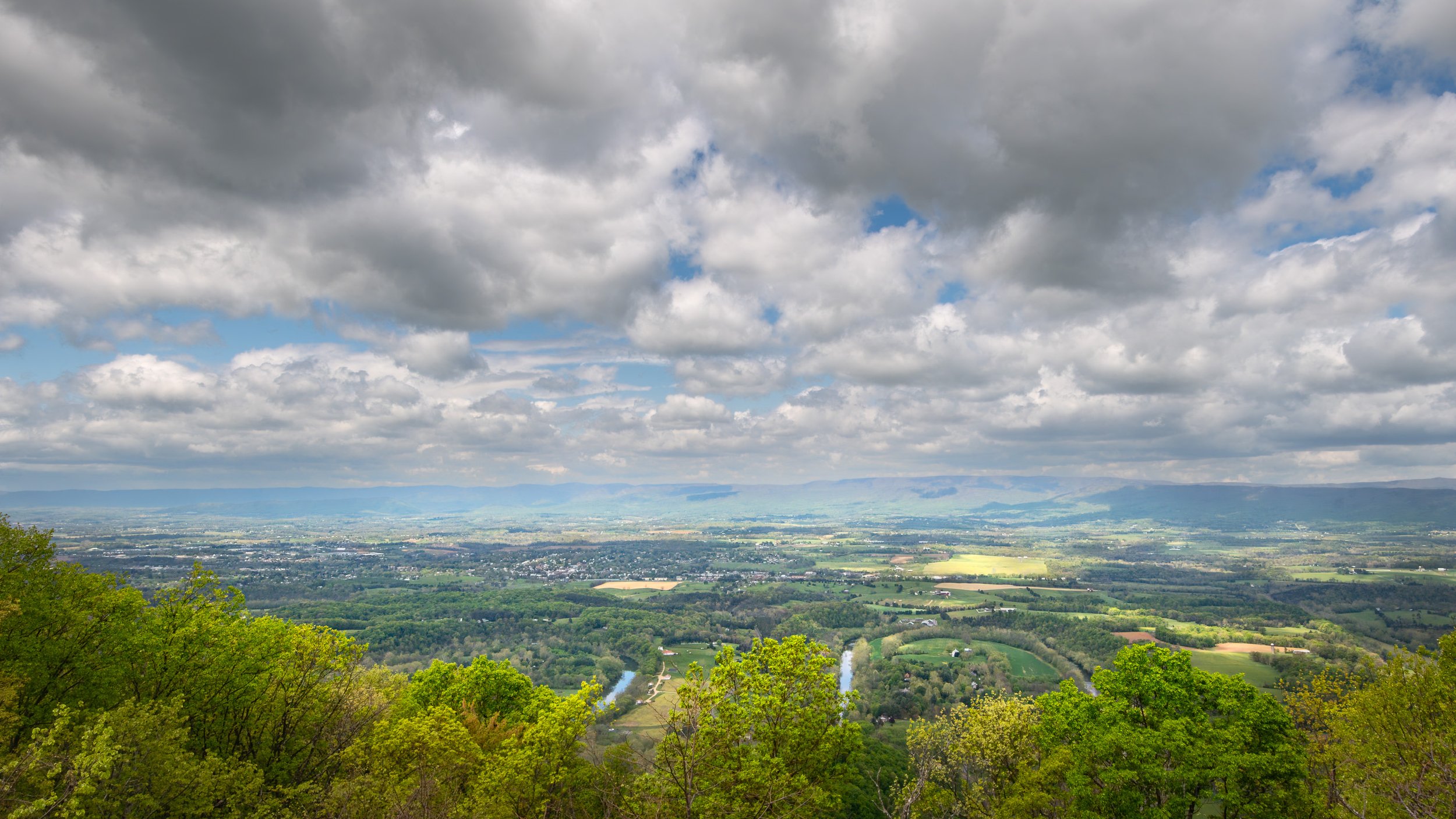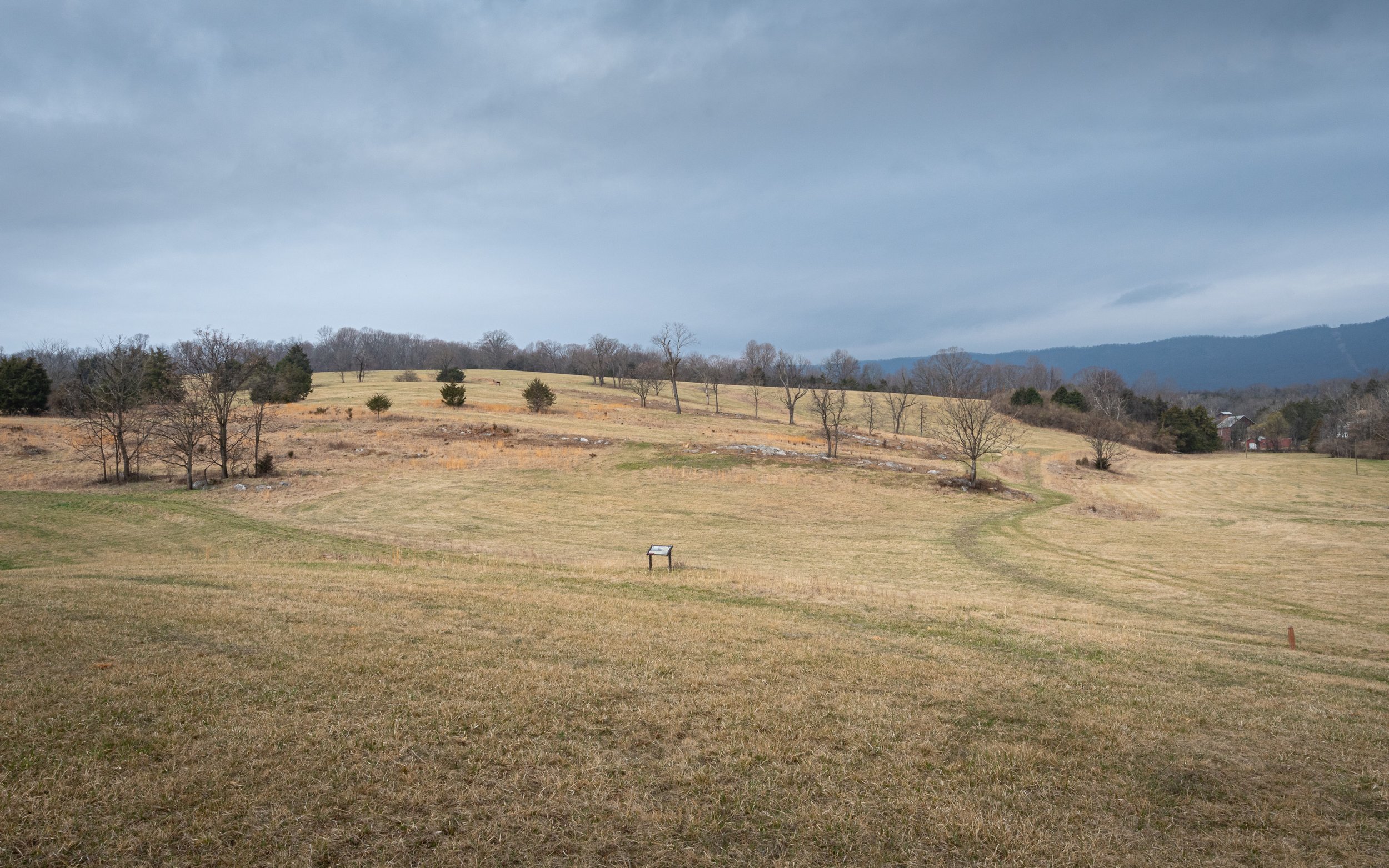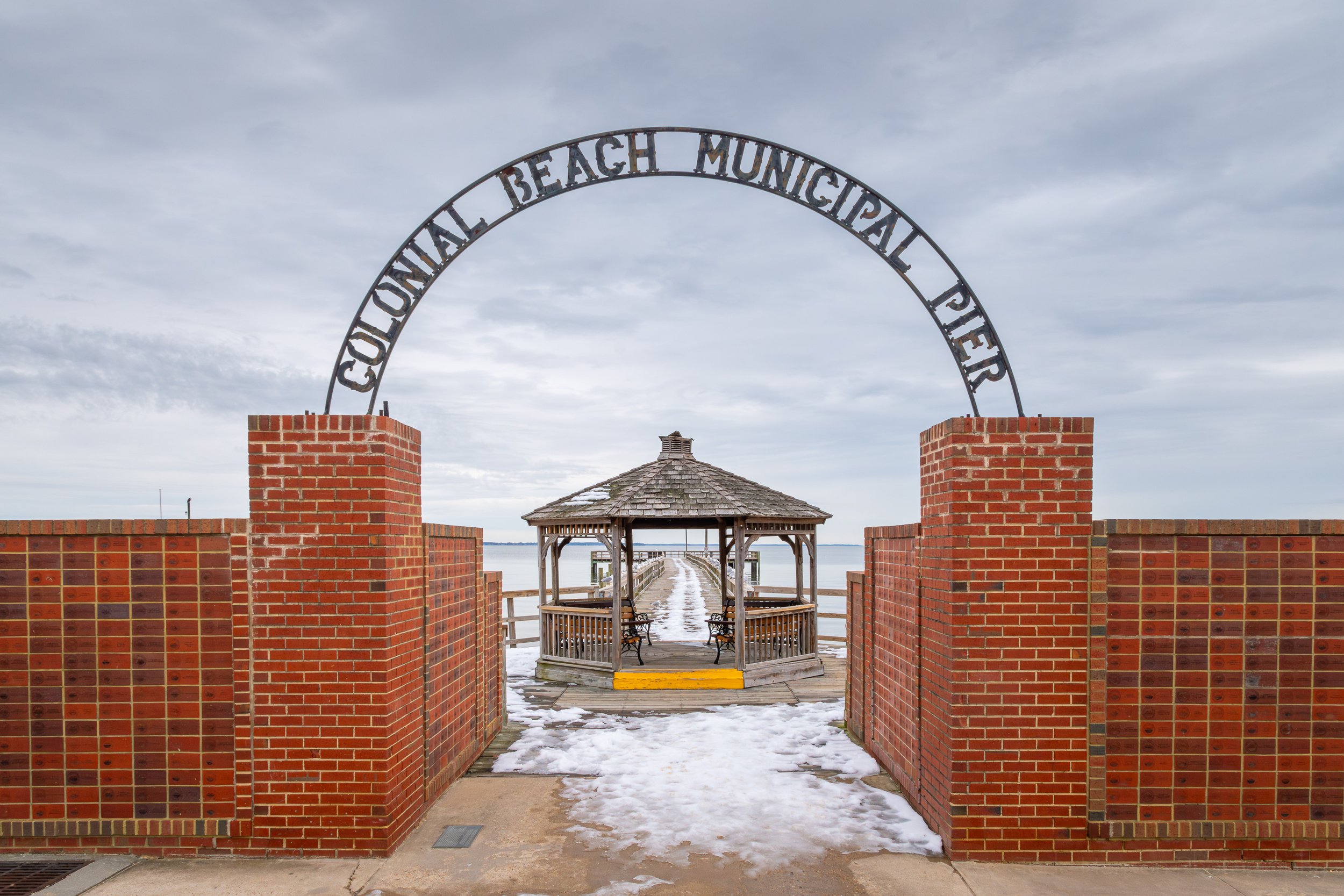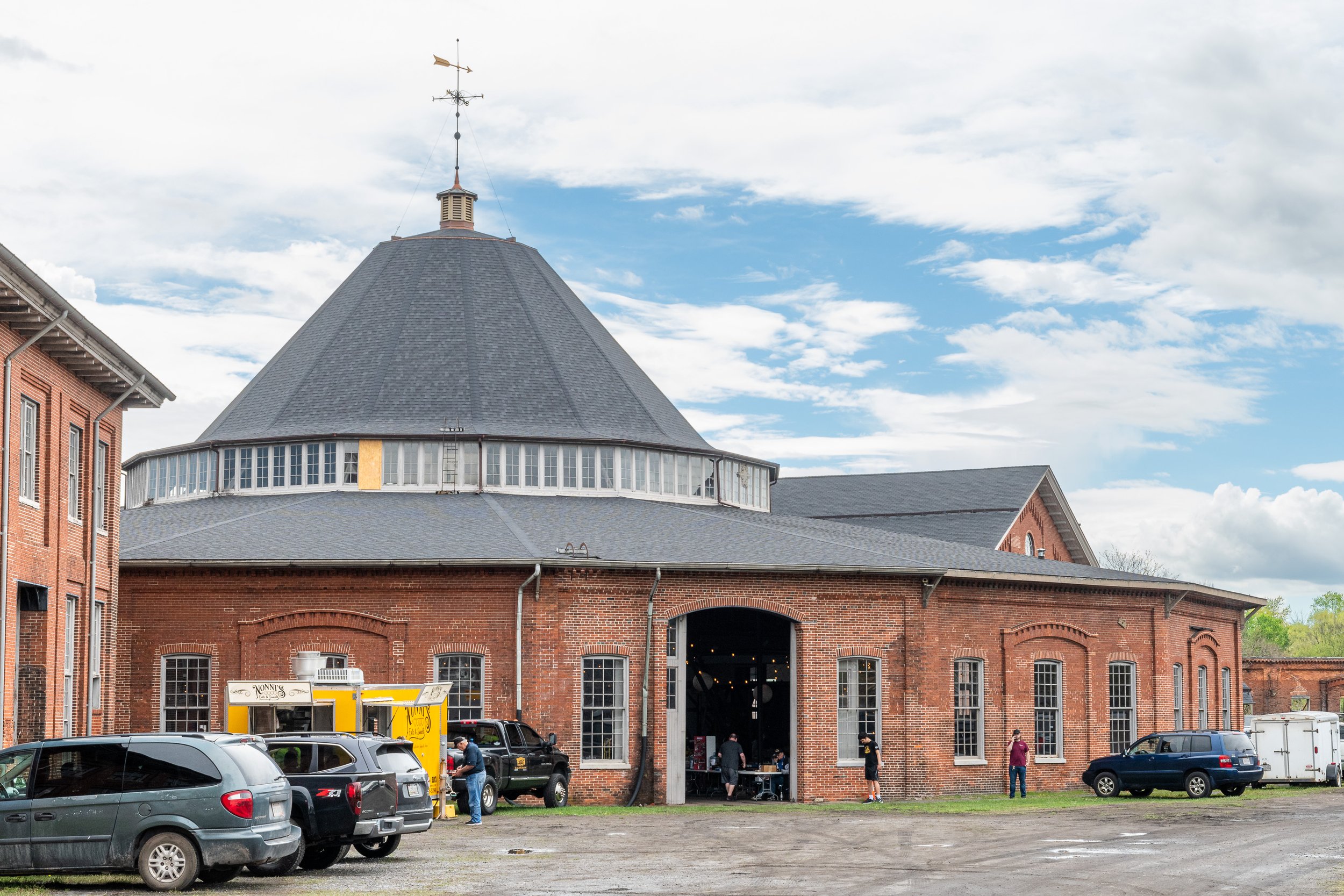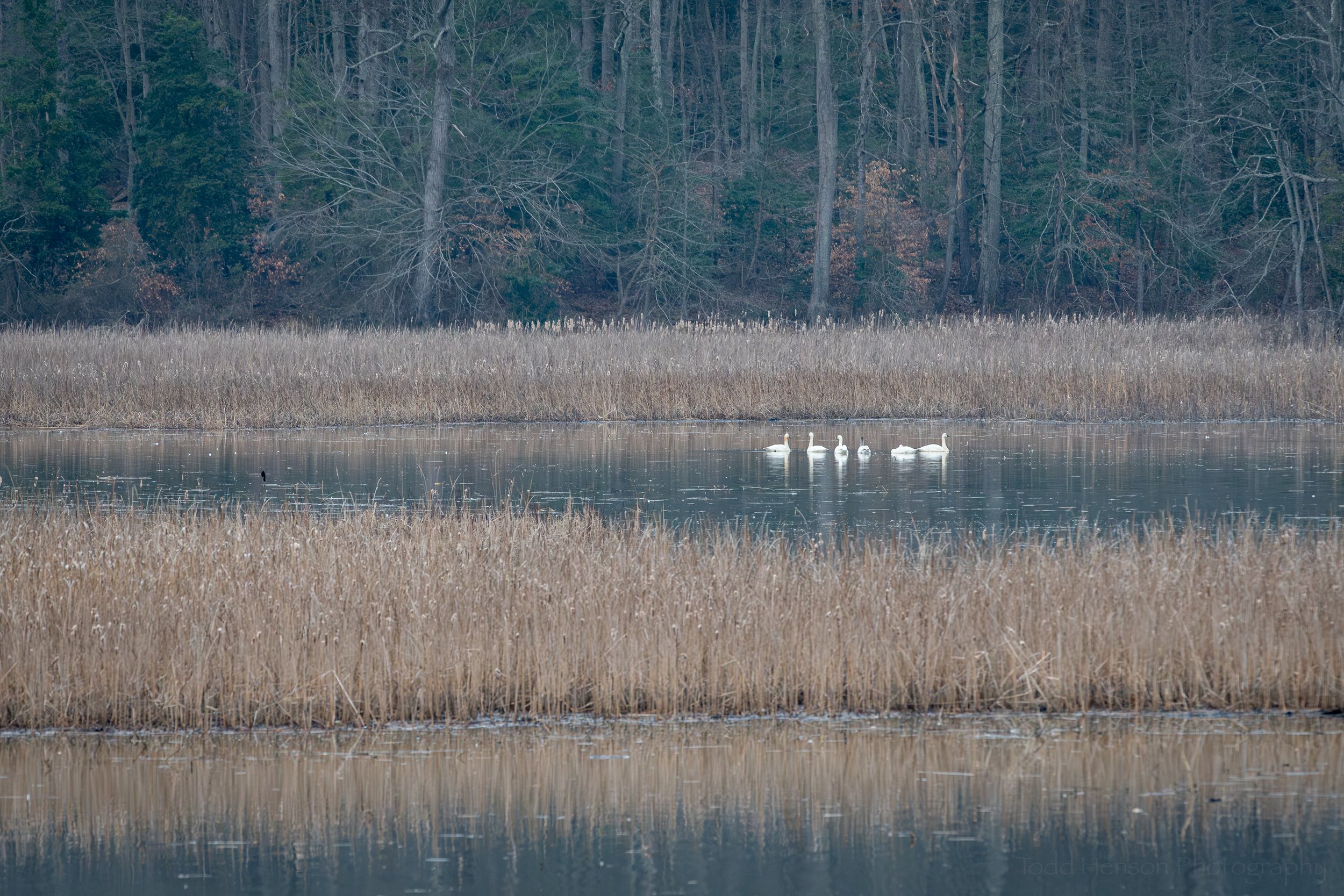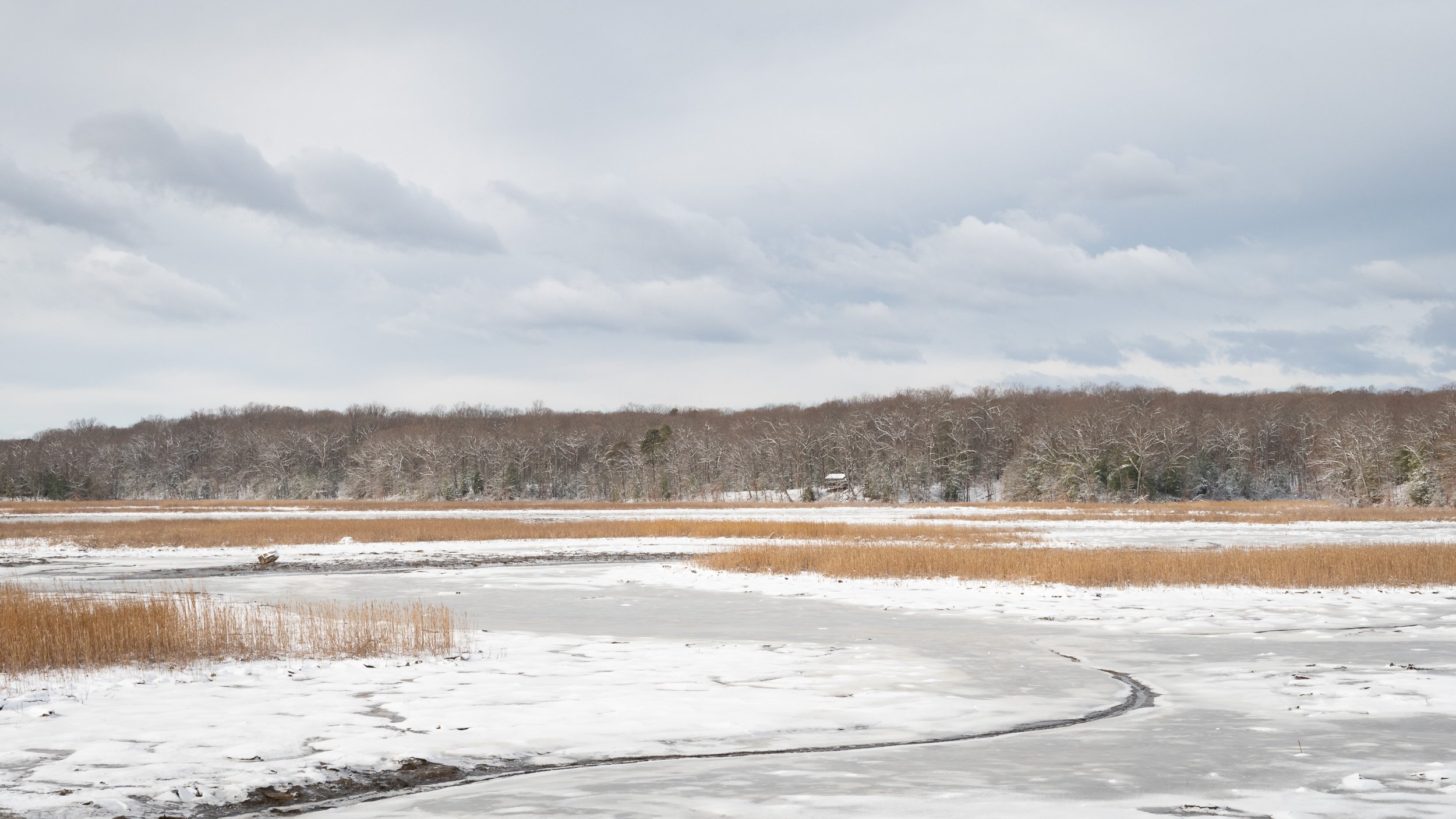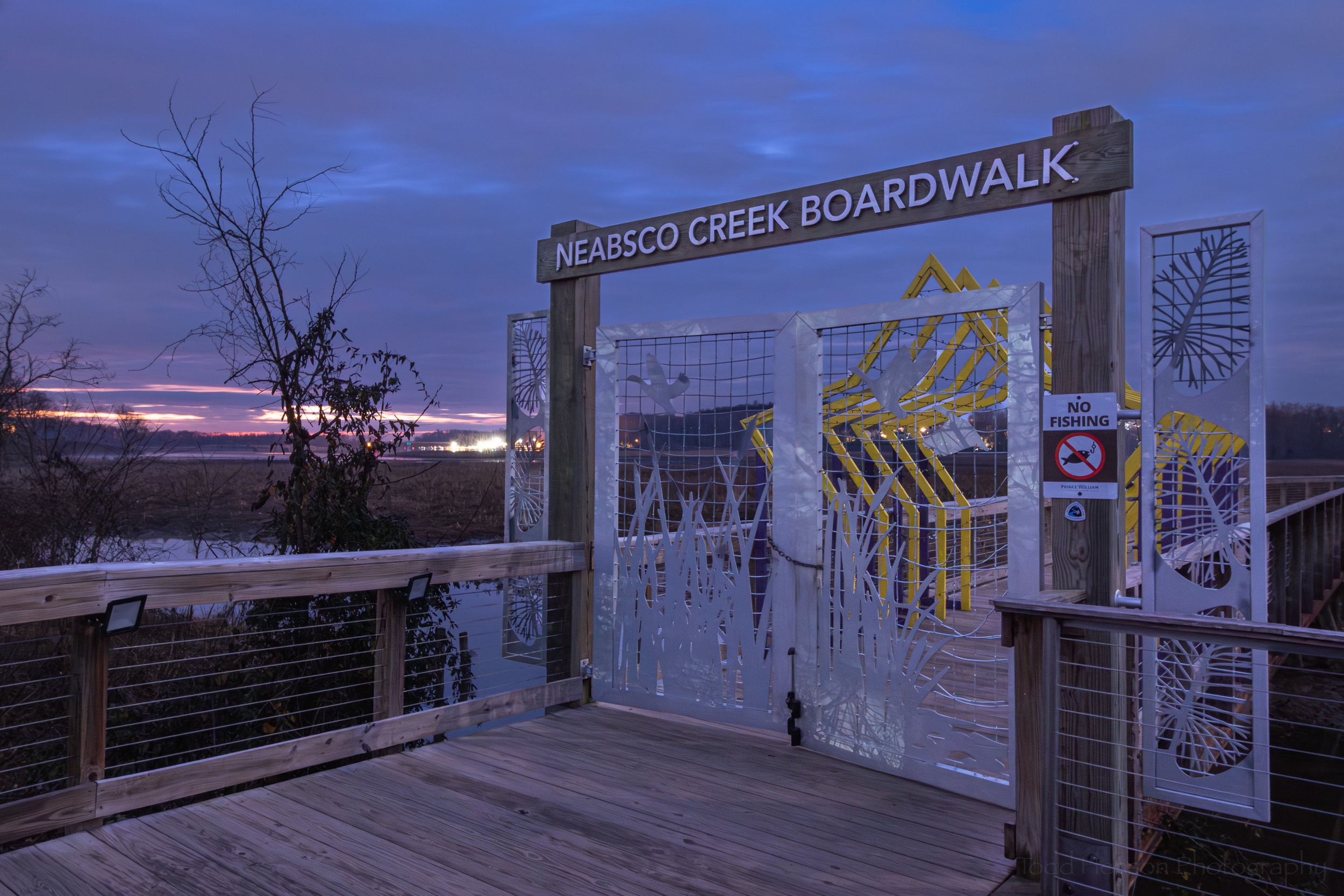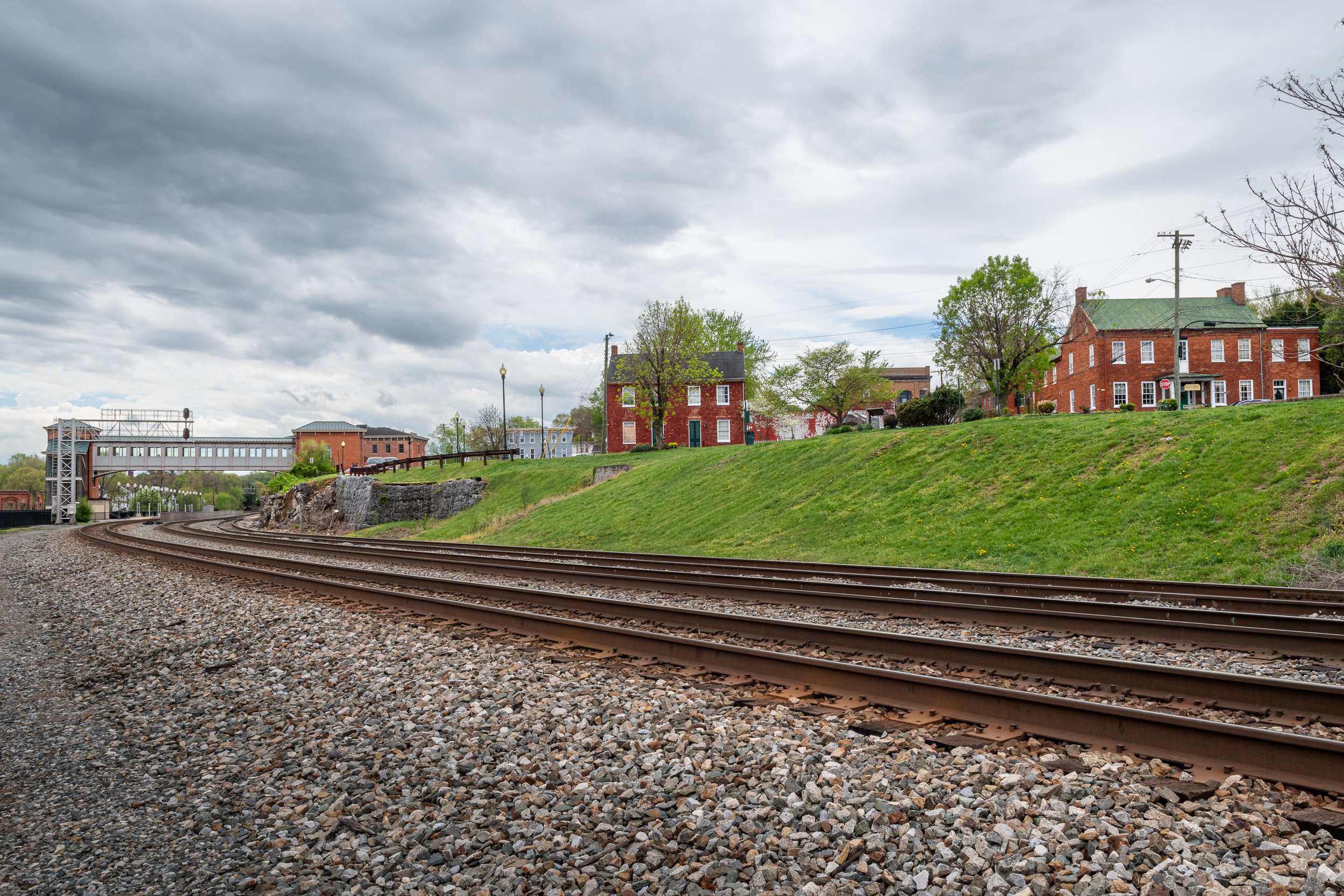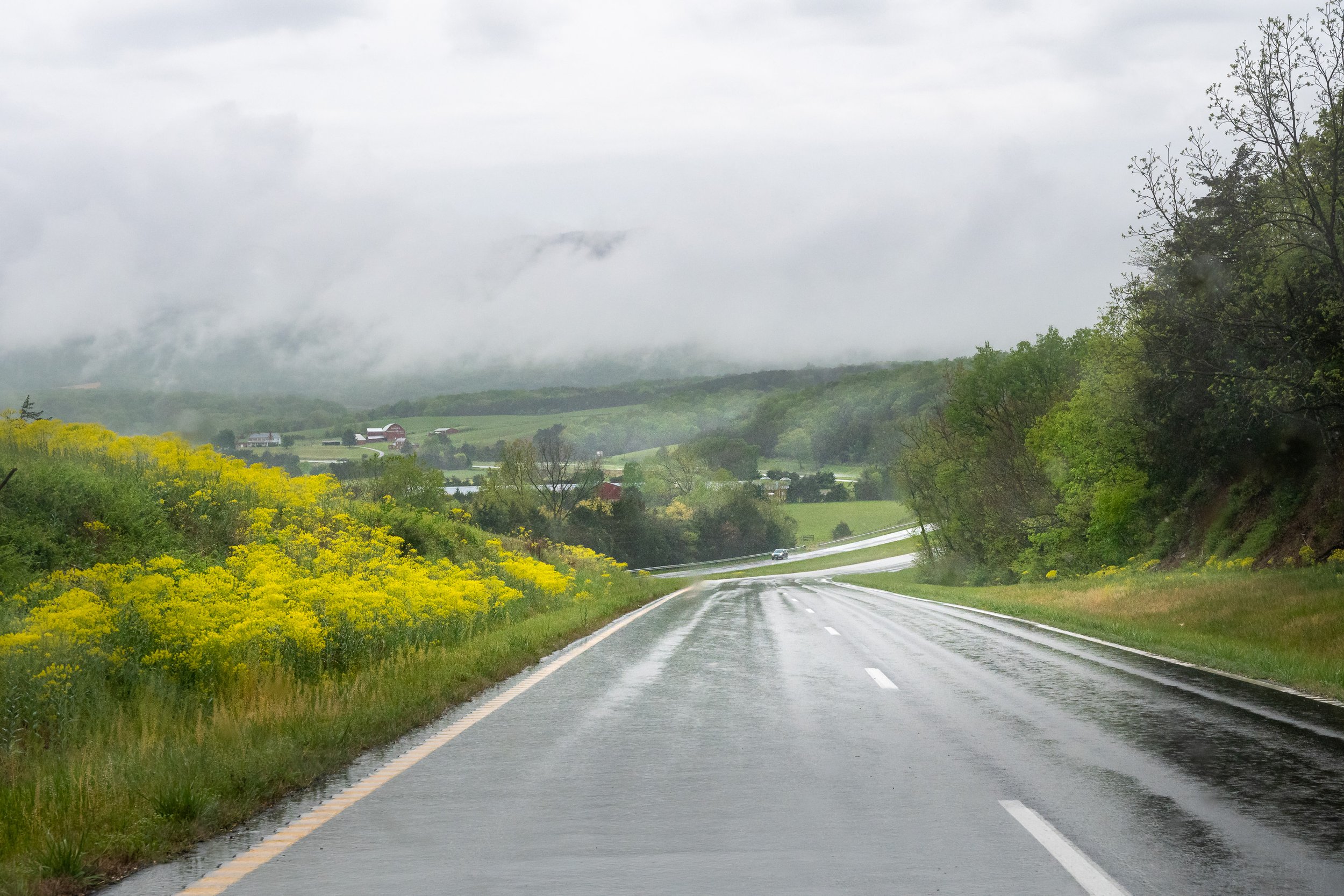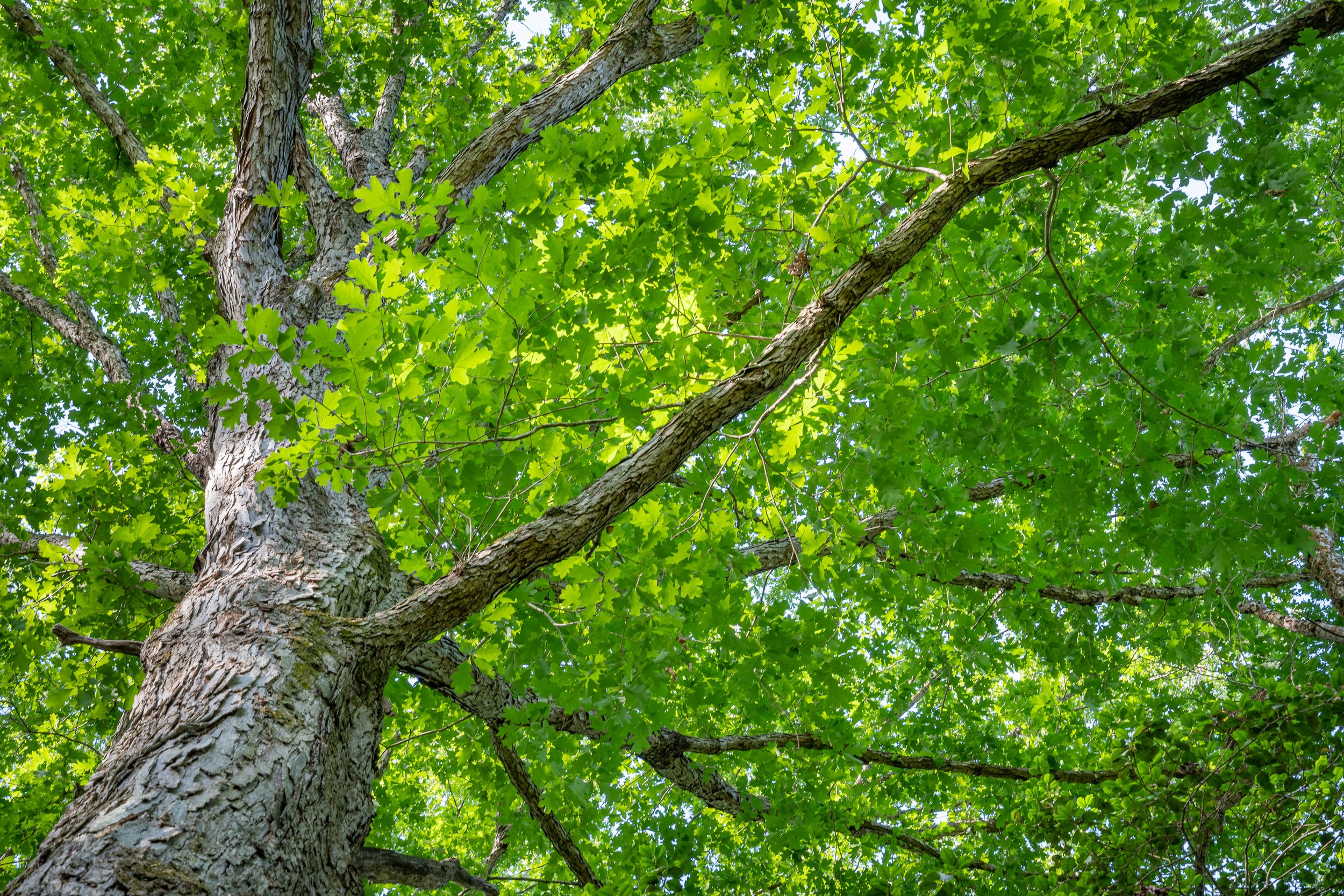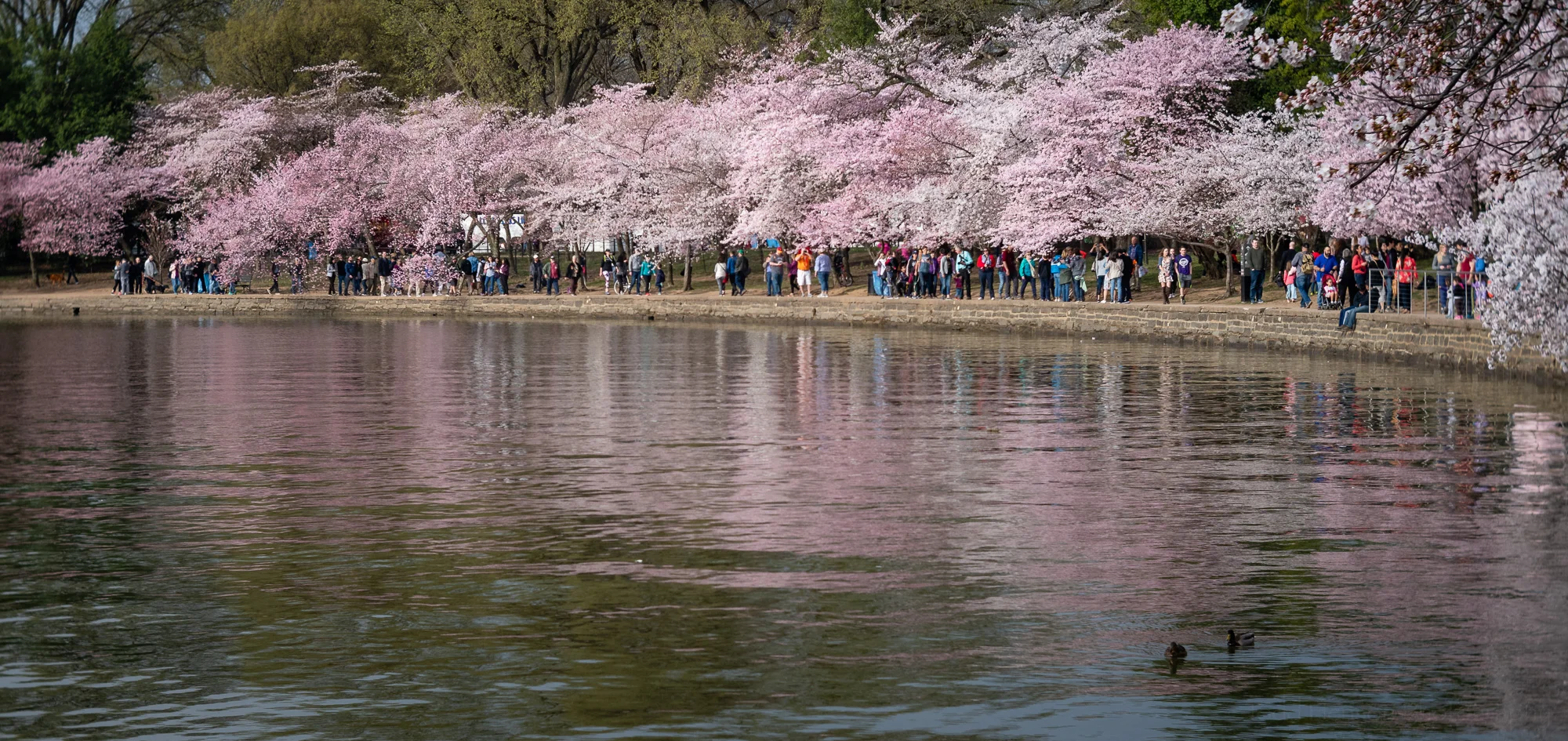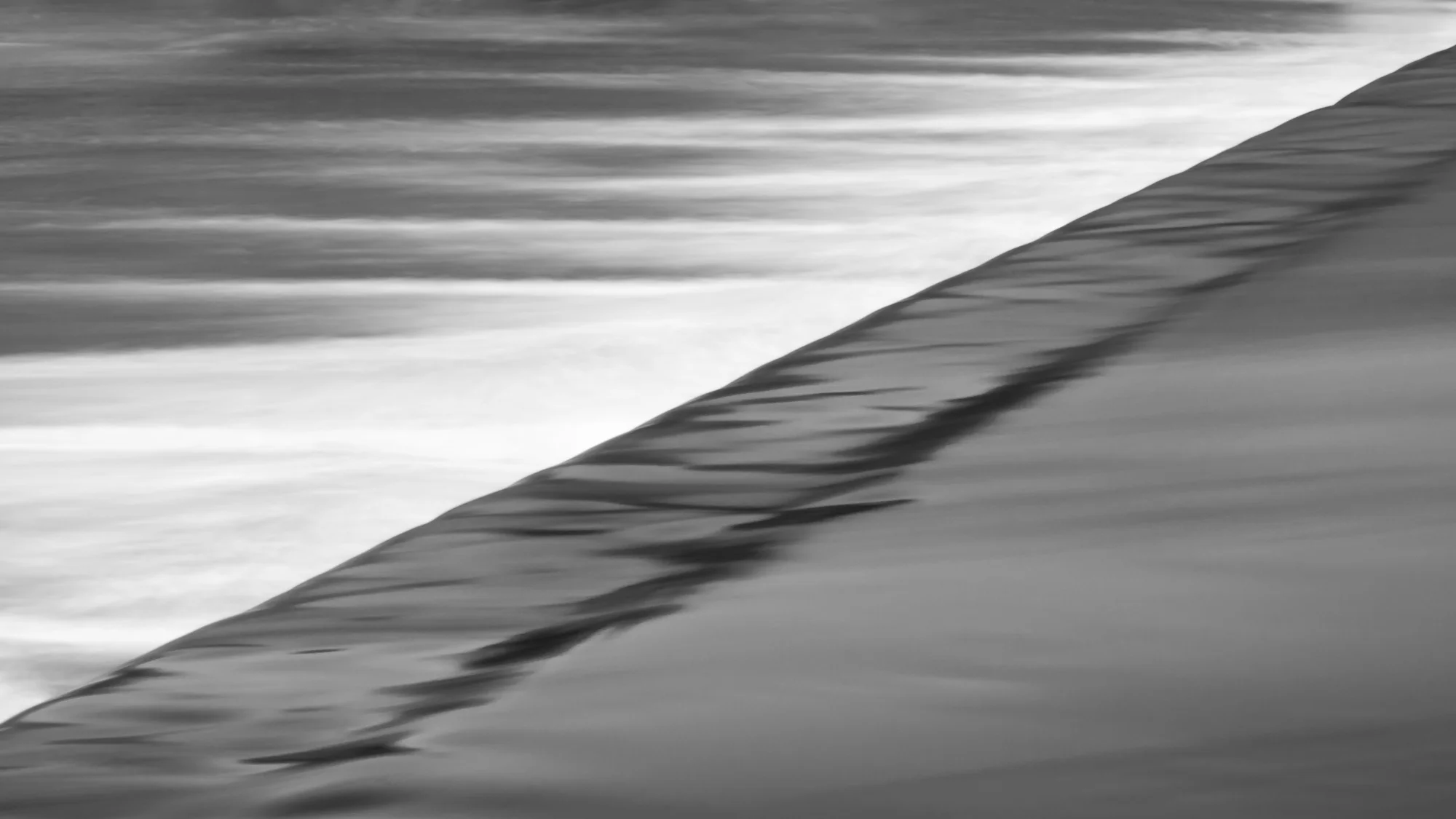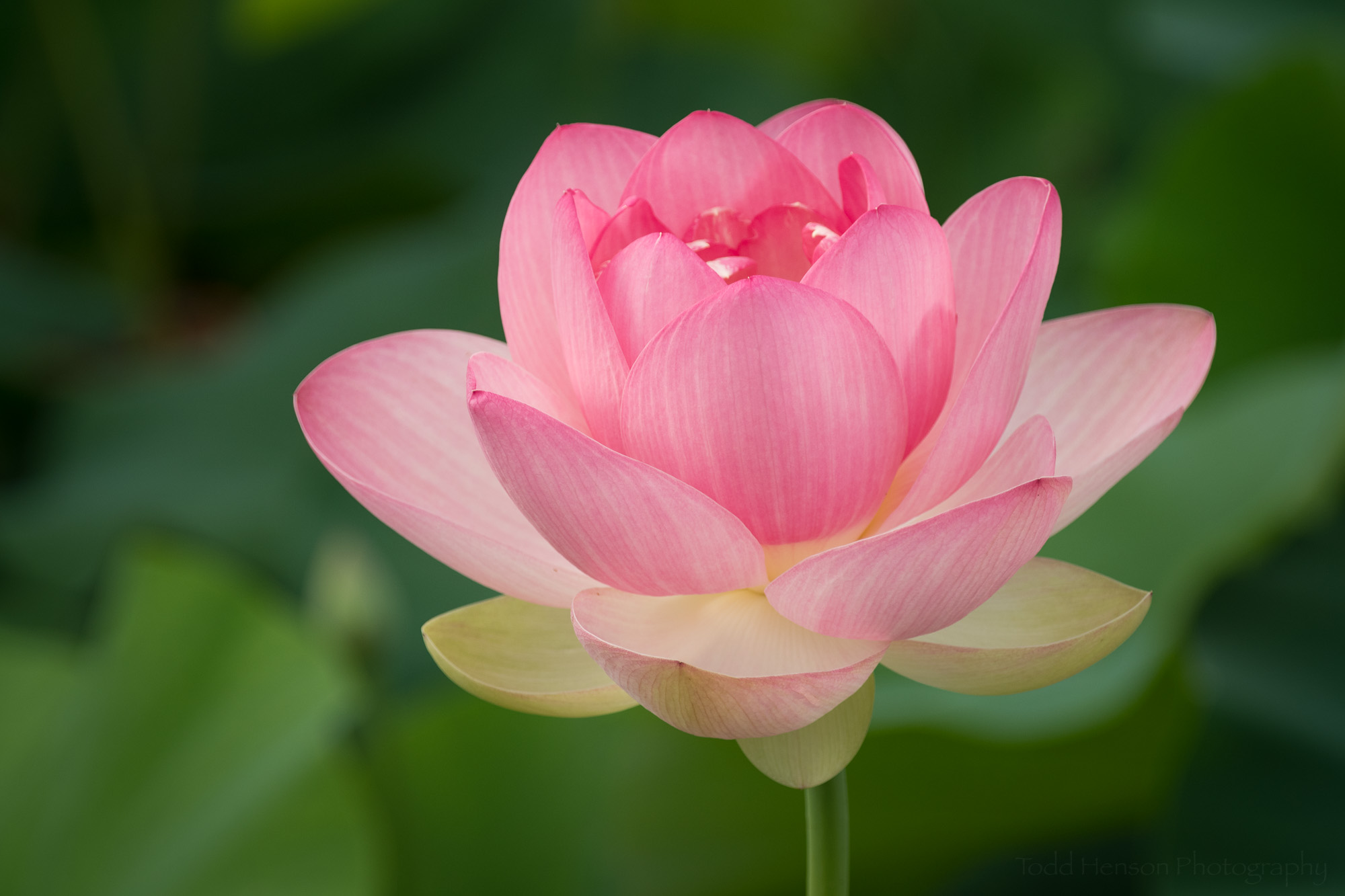The path to the Washington Family Burial Ground
In the past I shared views from the George Washington Birthplace National Monument, an historically significant area of land on the Northern Neck of Virginia. Recently my father and I returned to the location and spent some time at one of the features we’d not been to during previous visits, the Washington Family Burial Ground.
Entering the burial ground
Inside the burial ground
The first burials occurred in 1668 with the death of John Washington’s wife Anne and two children. John Washington was the first of the family to live in Virginia, and a great-grandfather to George Washington. Over the years three generations of the Washington family were buried here, including George Washington’s grandparents, with at least nine more burials after that of Anne.
The front view of the rebuilt Washington family vault
A side view of the rebuilt Washington family vault
An angled view of the other side of the rebuilt Washington family vault
As with much of the area, the burial ground as it stands today is not the same as it was in the time the Washington family resided in this area. Time wore away at the original vault and gravestones, with the vault actually sinking into the ground. So Washington descendants worked to clean up and restore the grounds in 1906.
A view from inside the grounds of the Washington Family Burial Ground
But as time went on the burial ground again fell into disrepair, so according to a sign outside the burial ground, “in 1930, the Wakefield National Memorial Association constructed the wall around the grounds, consolidated the graves into a single casket, and interred the remains in a rebuilt vault.” The NPS website says their primary goal was to “…rescue from decay and preserve the old family vault and burial ground which is in a most neglected condition.”
Looking into the Washington Family Burial Ground
Looking over the burial ground walls
The results of all this work are visible today as can be seen in these photos, though some of the text on the stonework was difficult to read when wet from recent rains.
Do you enjoy these posts?
Sign up to receive periodic emails with updates and thoughts. Don’t worry, I won’t spam you. And please consider purchasing artwork or products from my online store, and using my affiliate links in the sidebar to the right when shopping online.
I appreciate your support!


